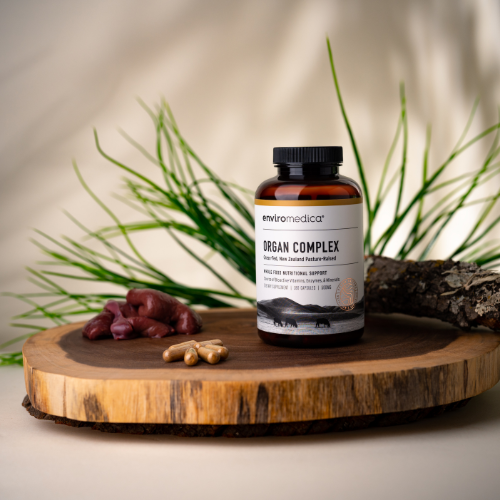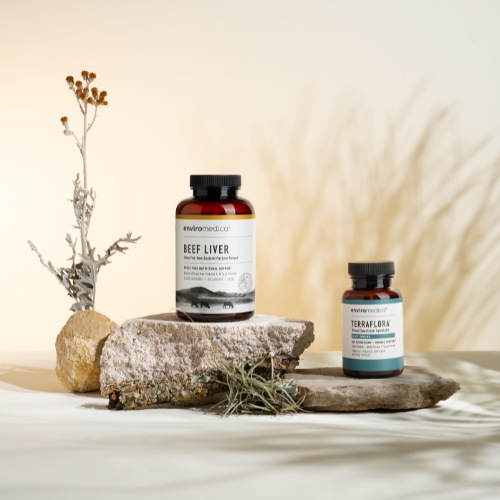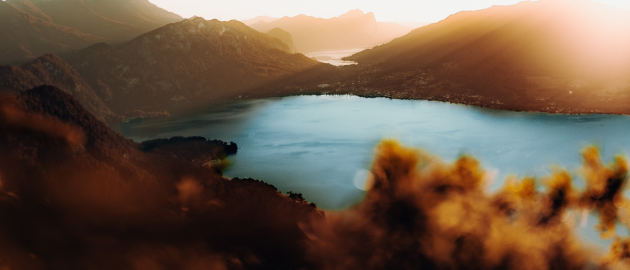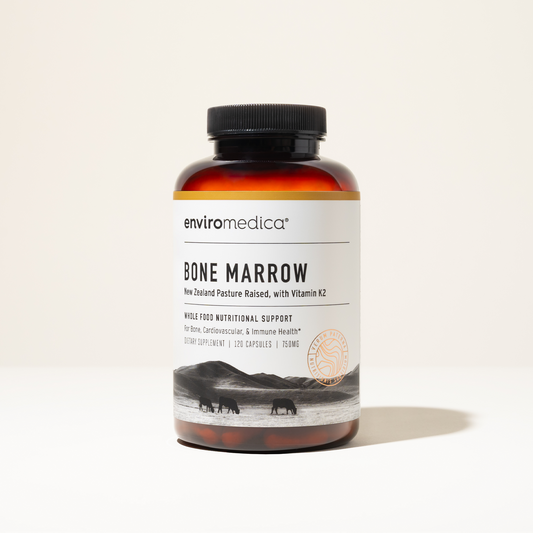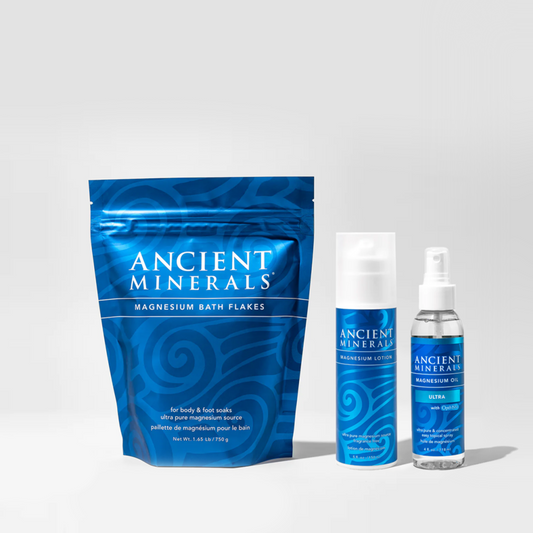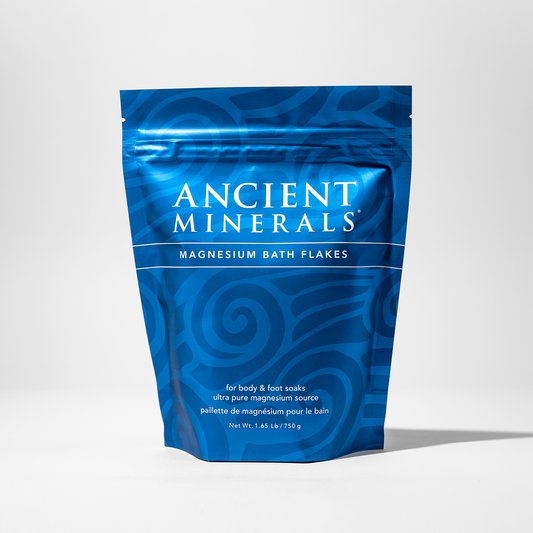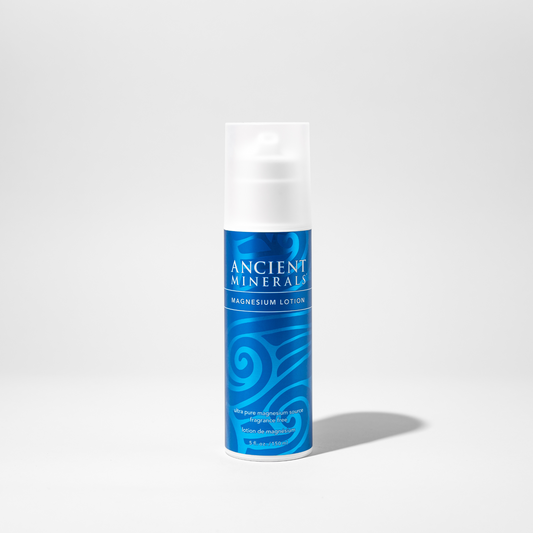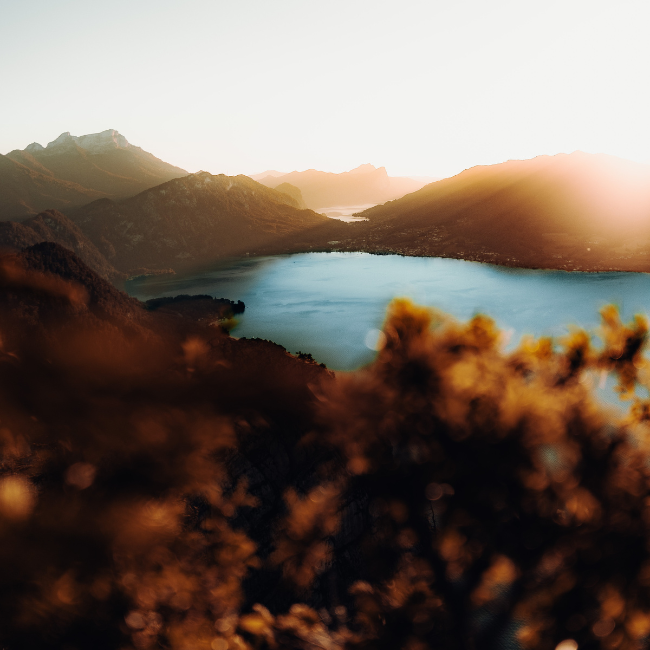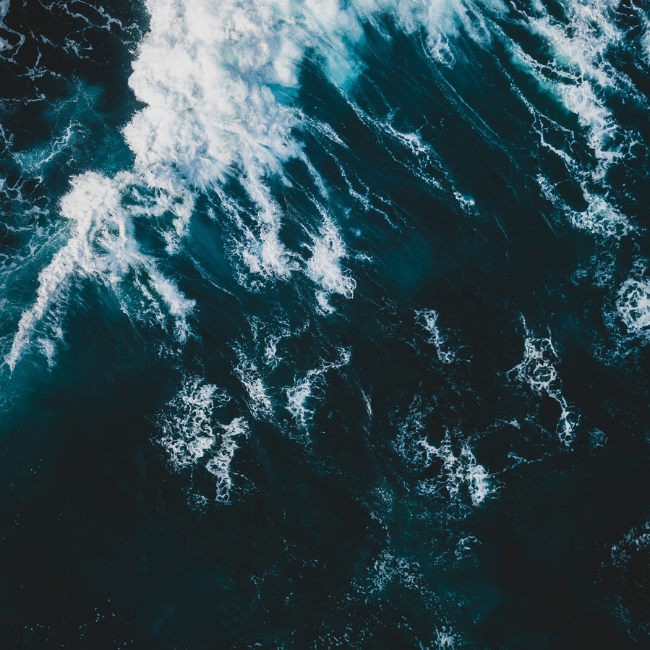Moderate sun exposure is healthy
Mainstream media and the medical community warn to avoid the sun, and to use sunscreen, to protect us from skin cancer. However, research shows that vitamin D synthesized through sun exposure, protects us from many forms of cancer. 1 Moderate sun exposure is imperative to our health. Sunscreen use, especially higher SPF, blocks the production of Vitamin D synthesis from sunlight 2 and many contain neurotoxins and hormone disruptors. There are many reasons why we need some sun exposure, and should stop fearing the sun all together. Women with active sunlight exposure habits experience a lower mortality rate than women who avoid sun exposure. 3
Nonsmokers who avoided sun exposure had a life expectancy similar to smokers in the highest sun exposure group, indicating that avoidance of sun exposure is a risk factor for death of a similar magnitude as smoking 4
Vitamin D plays many roles within the body, and clinical studies strongly suggest that vitamin D deficiency increases the risk of developing several types of cancer 5 Every tissue in the body has Vitamin D receptors. 6 The recommendations by the World Health Organization and the Surgeon General, are to avoid the sun during peak times, 10am- 2pm, and to cover up any exposed areas with high SPF and protective clothing. However, this peak sun time is when Vitamin D is synthesized.
Vitamin D deficiency has been associated with:
- Type 1 diabetes
- Breast cancer
- Colon cancer
- Brain cancer
- Myeloma
- Preeclampsia
- Impaired fetal growth
- Preterm labor
- Hypertensive issues during pregnancy
- Osteoporosis
- Autoimmunity
- Arthritis 7
Increased sun exposure protects against various types of cancer, type 1 diabetes, multiple sclerosis, and many other conditions. 8 Although neglecting the sun during this peak time may reduce the risk of certain skins melanomas, it increases the risk of many other cancers and cardiovascular conditions.
Sun exposure not only increases our Vitamin D production, thus preventing the onset of many health conditions. There are other health benefits to sun exposure as well. UVA rays have been shown to have an effect on lowering diastolic blood pressure, which in turn decreases the risk of stroke and heart disease significantly. 9 The sun’s UVB also helps with thickening the outer layer of skin, and increasing melanin, thus protecting the deeper layers of skin from damaging rays. The best time for UVB ray exposure is between 10am and 3pm. 10
There are many other benefits to sun exposure, such as beta-endorphin production in the skin, through UVB exposure. These endorphins help to increase our overall sense of well-being.
Opioid peptides have the result of increasing a feeling of well-being, boosting the immune system, relieving pain, promoting relaxation, wound healing, and cellular differentiation’ 11
Sunlight is also necessary to help regulate our circadian rhythms, or sleep wake cycle. The evolution of sleep involves a natural environment of dark and light, with sun being the primary source of lighting. Electrical lighting is associated with less sunlight during the day, and increased exposure to artificial lighting after sunset. This delays the circadian clock and affects sleep cycles. 13
What about the chemicals in sunscreens?
Although sunscreen use is continuously recommended by professionals and used globally, malignant melanoma is still on the rise. It’s still debatable how effective sunscreen is, and many of the ingredients are shown to have neurotoxic effects on the body. 14 The inorganic and possibly neurotoxic ingredients in many sunscreens has been shown to penetrate the skin. Plus, we often eat after applying sunscreen, and therefore small amounts are ingested as well. Swimming in and drinking contaminated water, are other routes of absorption.
The endocrine disruptive and developmental toxicity of many organic UV filters in experimental models is well established, these filters seem to be associated with altered estrogen, androgen and progesterone activity, reproductive and developmental toxicity and impaired functioning of the thyroid, liver or kidneys
Some of the components found in sunscreens that have been shown to have neurotoxic and hormone disruptive effects include:
- Octyl methoxycinnamate
- Benzophenone-3
- Benzophenone-4
- 4-methylbenzyli-dine camphor
- 3-benzylidene camphor
- ZnO NPs
- Titanium Dioxide 15
- Zinc Oxide
Although the use of sunscreen may prevent some forms of melanoma, the question remains, how safe and effective are these products? According to Chris Kresser, even zinc oxide can oxidize when exposed to UV rays, which can cause cellular damage and increase the risk of cancer. Scientists are finding levels of these neurotoxins building up in both humans and wildlife. 16 The effects of neurotoxins and hormone disrupting chemicals may be quite consequential for our health, much more so than the risk of sun exposure.
Safe sun exposure
How can we safely get adequate sunlight to support our health without burning?
- Get moderate sun exposure daily, during peak times for 15-20 minutes (less for more fair skin, more for highly pigmented skin) before covering up. Gradually increase sun exposure time, so burning does not occur.
- When covering up, use lightweight, light colored clothing, and large hats.
- Decrease Omega 6 fatty acids, and increase Omega 3 fatty acids in the diet. Healthy fats are anti-inflammatory. Systemic inflammation contributes to burning.
- Increase carotene and lycopene rich fruits and vegetables (such as carrots and tomatoes), which supply optimal micronutrients, protecting the skin against sun damage. 17
- Eat a diet rich in Vitamins A, D, and K (found in healthy fats such as pastured lard, grass fed-butter, egg yolks, and cod liver oil). These nutrients help to support our body’s natural protection from burning.
There are many health benefits to getting moderate sun exposure without sunscreen. Getting burned by the sun does increase the risk of melanoma. However, getting sun exposure without burning decreases the risk of many cancers. Rather than avoiding the sun all together, we should focus on decreasing our risk of burning without sunscreens.
About the Author:
Kathryn is a functional nutritional therapist, author, editor, and mama of two boys. She
enjoys spending her free time out in nature-hiking and fishing. You can find her at www.primalmusings.com and her book “Forties on Fire” can be
found on Amazon.
References
- 1. Feldman D, Krishnan AV, & Swami S et al. (2014). The role of vitamin D in reducing cancer risk and progression. Nature Reviews Cancer. 14, 342-357. DOI: http://dx.doi.org/10.1038/nrc3691 Accessed July 1, 2017
- 2. Grigalavicius M, Iani, V & Juseniene A. (2016). Layer Thickness of SPF 30 Sunscreen and Formation of Pre-vitamin D. International Journal of Cancer Research and Treatment. Vol. 36 no. 3, 1409-1415.
- 3. Lindqvist PG, Epstein E, Nielsen K, et al. (2016). Avoidance of sun exposure as a risk factor for major causes of death: a competing risk analysis of the Melanoma in Southern Sweden cohort. J Intern Med; 280: 375–387. http://dx.doi.org/10.1111/joim.12496 Accessed July 1, 2017
- 4. Lindqvist PG, Epstein E, Nielsen K, et al. (2016). Avoidance of sun exposure as a risk factor for major causes of death: a competing risk analysis of the Melanoma in Southern Sweden cohort. J Intern Med; 280: 375–387. http://dx.doi.org/10.1111/joim.12496 Accessed July 1, 2017
- 5. Feldman D, Krishnan AV, & Swami S et al. (2014). The role of vitamin D in reducing cancer risk and progression. Nature Reviews Cancer. 14, 342-357. DOI: http://dx.doi.org/10.1038/nrc3691 Accessed July 1, 2017
- 6. Baggerly CA, Cuomo RE, & French CB et al. (2015). Sunlight and Vitamin D: Necessary for Public Health. Journal of the American College of Nutrition. Vol 34, Issue 4.
- 7. Baggerly CA, Cuomo RE, & French CB et al. (2015). Sunlight and Vitamin D: Necessary for Public Health. Journal of the American College of Nutrition. Vol 34, Issue 4.
- 8. Baggerly CA, Cuomo RE, & French CB et al. (2015). Sunlight and Vitamin D: Necessary for Public Health. Journal of the American College of Nutrition. Vol 34, Issue 4.
- 9. Baggerly CA, Cuomo RE, & French CB et al. (2015). Sunlight and Vitamin D: Necessary for Public Health. Journal of the American College of Nutrition. Vol 34, Issue 4.
- 10. Baggerly CA, Cuomo RE, & French CB et al. (2015). Sunlight and Vitamin D: Necessary for Public Health. Journal of the American College of Nutrition. Vol 34, Issue 4.
- 11. Baggerly CA, Cuomo RE, & French CB et al. (2015). Sunlight and Vitamin D: Necessary for Public Health. Journal of the American College of Nutrition. Vol 34, Issue 4.
- 12.
- 13. Light from the sun is received through our eyes, and this regulates the production of melatonin and serotonin, both of which play a crucial role in our ability to fall asleep and stay asleep. The reduction of serotonin in the absence of sunlight, is one reason lack of sunlight in the winter can contribute to seasonal affective disorder. 12Baggerly CA, Cuomo RE, & French CB et al. (2015). Sunlight and Vitamin D: Necessary for Public Health. Journal of the American College of Nutrition. Vol 34, Issue 4.
- 14. Ruszkiewicz JA, Pinkas A, & Peres TV et al. (2017). ANeurotoxic effect of active ingredients in sunscreen products, a contemporary review. Toxicology Reports. Vol. 4 pp 245-259. http://dx.doi.org/10.1016/j.toxrep.2017.05.006 Accessed July 1, 2017
- 15. Ruszkiewicz JA, Pinkas A, & Peres TV et al. (2017). ANeurotoxic effect of active ingredients in sunscreen products, a contemporary review. Toxicology Reports. Vol. 4 pp 245-259. http://dx.doi.org/10.1016/j.toxrep.2017.05.006 Accessed July 1, 2017
- 16. Ruszkiewicz JA, Pinkas A, & Peres TV et al. (2017). ANeurotoxic effect of active ingredients in sunscreen products, a contemporary review. Toxicology Reports. Vol. 4 pp 245-259. http://dx.doi.org/10.1016/j.toxrep.2017.05.006 Accessed July 1, 2017
- 17. Stahl W & Sies H (2012). β-Carotene and other carotenoids in protection from sunlight. American Journal of Clinical Nutrition. Vol. 96(5) 1179-84. http://dx.doi.org/10.3945/ajcn.112.034819. Accessed July 1, 2017

